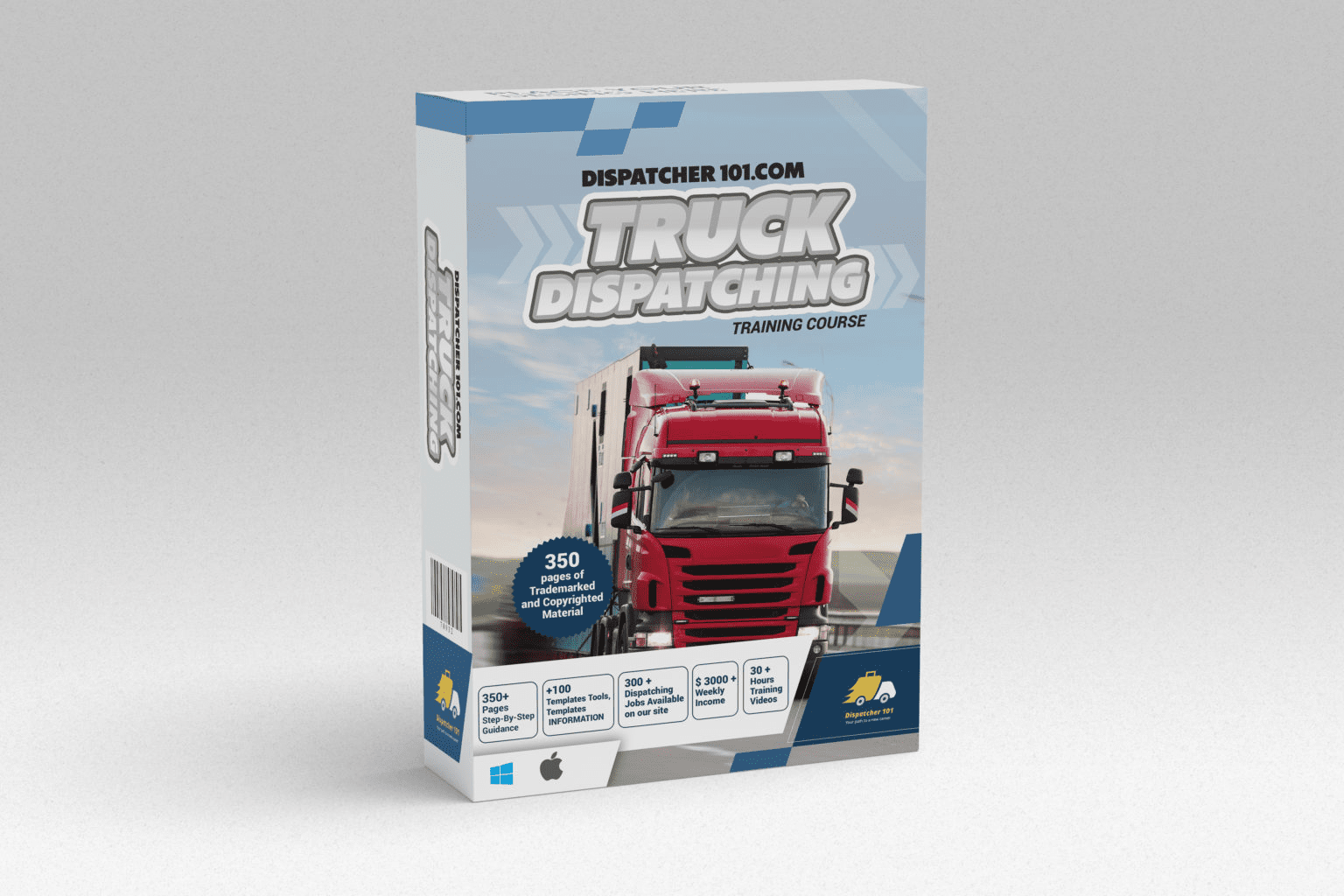Lesson three. DOT Inspection. Hi guys, in this video, I will like to tell you about the DOT Inspection which takes place once a year. It is important to know that all commercial vehicles that weigh over 10,000 pounds must pass annual DOT checks. A DOT inspection is an inspection conducted by the Department of Transport to ensure that all parts and accessories of the truck are safe in operation and in good working conditions and working properly. There are six basic levels of DOT Inspection. They can be conducted anywhere by the qualified DOT inspector or state police officer.
First level, driver’s license, logbook, Driver and Vehicle Inspection Report, medical card, alcohol or drugs. Also, at this level, we will check safety belt, brakes, brake lights, coupling devices, exhaust system, emergency exits and electrical cables, systems in the engine and battery compartments, fuel system, headlights, steering gear, stop signals, suspension, taillights, foot, tires, body, turning [0:01:10 unclear], wheels and hubcaps, janitors.
The second level of verification is almost identical to the first level except that the inspector will not check the truck and the trailer itself but will check the driver.
The third level of inspection is a more detailed analysis of such things as driver’s license, medical record, logbook, safety belt, Driver and Vehicle Inspection Report, history of driver violations, special check of level four. This level of check happens rather seldom and once. It’s aimed at more thorough study of verification. For example, an engine or any driver’s documents.
The Fifth Level Check can be carried out anywhere and includes everything above first level check regarding the vehicle but without the presence of the driver. Verification of the sixth level applies to the vehicles that carry dangerous goods, radioactive materials. In order to successfully pass a test, it is necessary to do small checks yourself before each trip in order to avoid more serious problems. Tire check. Although tires are rarely blown out, they tend to descend until the vehicle is moving. Check each tire for air and use a digital gauge to check tires that seem flat.
Also do not forget the rules of the position of mud flaps in your state. Some states have special requirements for mud flaps on the back of a car [0:02:33 inaudible]. Faulty headlights, bulbs and electrical signals may pose a safety hazard. Be sure to check not only the brake lights but also the headlights, high beam and dipped beam. Turn on the engine and checking each one carefully. Check for cracks in the windows. Any cracks in the windows, even small, tiny chips can become much worse if they’re not fixed immediately.
Be sure to regularly check for cracks and scars caused by flying gravel. What to expect while being inspected or checked on the road? The DOT officer can take you anywhere including weighing stations, truck stops or on the side of the road. As a driver, you’re required to act professionally throughout the process.
What happens after the check? There are three possible results of truck inspection. The first result is that no violations were detected. If there are no violations, the officer places a CVSA sticker on the car valid for up to three months. This indicates that the driver and the equipment have been tested. A machine with such a sticker as a rule will not be retested if there is no noticeable problem.
The second check result. Violations foul but not serious. This means that the officer discovered something that the driver had violated or the problem with the vehicle. But the problem is not so serious as to establish an OOS, Out-Of-Service. Even though the vehicle can still work, violations are counted against the carrier or possibly the driver and can affect compliance, safety and responsibility points.
CSA. Repairs must be made within 15 days after the inspection and the carrier must sign and send a report to MFCSA which states that all repairs have been completed within the specified timeframe.
The third check result. The vehicle or driver isn’t OOS, Out-Of-Service. This indicates a serious violation that poses a danger to other motorists. A car or driver cannot work again until all the violations have been corrected and documented.
The most common violations. There are a few common violations. If the driver is an OOS (Out-Of-Service) the other driver should come and pick up the truck. If the vehicle is an OOS (Out-Of-Service), it can be repaired on site or toll. Knowing the most common violations can help drivers and carriers be better equipped to avoid any complications with the truck and trailer and it’s very necessary to have the necessary documentation at hand.
Common driver violations, registration violations, no medical card or it has expired, invalid or expired driver’s license, not wearing a seatbelt, violations associated with the vehicle. Broken sidelights, tire tread depth below 232 inches, leakage of oil, grease, transmission fluid or fuel. There are no current annual checks on the archive, incorrectly loaded cargo, faulty fire extinguisher.
How to prepare for DOT inspection? DOT inspections usually lasts less than an hour. Both drivers and carriers can use the following tips to prepare for inspections. Clean equipment inside and out. Implement a preventive maintenance program to keep trucks and trailers in good condition. Performing checks. Before driving and after driving, check for problems. On the truck must be printed the company name and DOT number as well as VIN number. A sticker with this information must be pasted on both sides of a truck. Thank you for your attention. See you in the next video.


